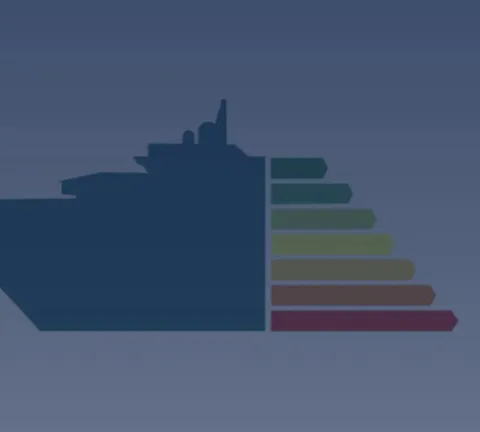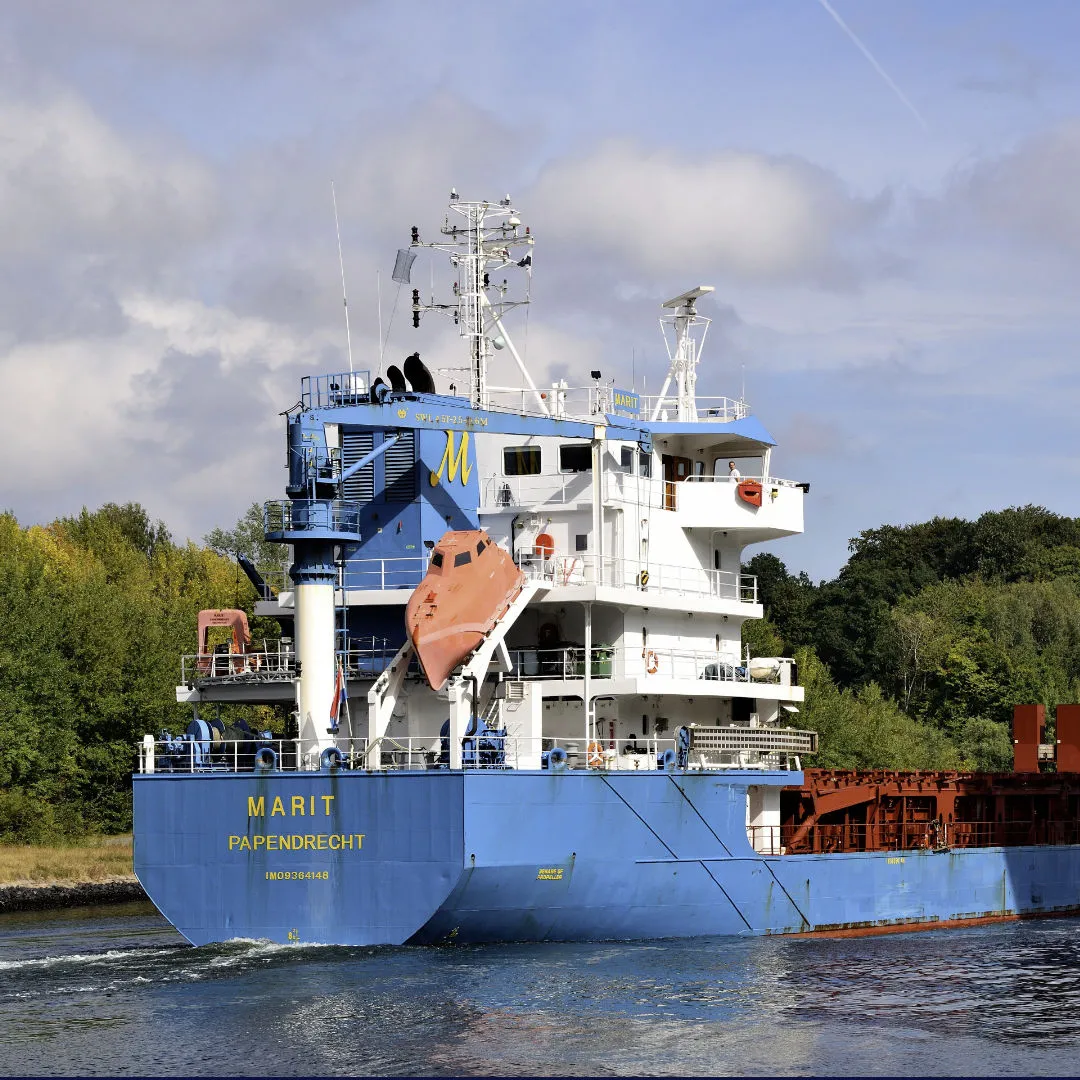
Energy Efficiency Existing Ship Index (EEXI) Services
The Energy Efficiency Existing Ship Index (EEXI) is a mandatory measurement tool under the IMO MARPOL convention that assesses the energy efficiency of existing sea vessels. This indicator indicates the energy efficiency of an existing ship compared to a predetermined reference level. To meet the minimum energy efficiency standards, the ship must have an EEXI value below the established reference level. Explore the EEXI services from our selected partner, including standard EEXI calculation, accurate EEXI assessment with CFD, and comprehensive Express analysis to identify potential valuable modifications to your ship.

EEXI Services
Discover the Energy Efficiency Existing Ship Index (EEXI) services from our selected partner and enhance your ship’s energy efficiency through precise calculations and effective improvements.

EEXI Calculation
Have you already conducted a preliminary evaluation indicating that your ship will comply with the required Energy Efficiency Existing Ship Index (EEXI) value? Then performing a standard calculation without a CFD analysis is the fastest and most cost-effective solution.
This service involves gathering all relevant data of your ship, determining the reference value, and calculating your current EEXI value. If your ship meets the required standard, the report can be submitted to one of the classification bureaus, such as DNV GL, Lloyd’s Register (LR), or Bureau Veritas (BV).
Calculation with CFD
Have you made post-construction modifications to your ship, such as replacing the propeller or rudder, but have not yet calculated their efficiency? This service maps out the hydrodynamic performance of your ship, providing an accurate assessment of your EEXI value while gaining insight into your ship’s efficiency.
Express Analysis
If your ship does not meet the required standard, an Express Analysis can be offered. With various (CFD) studies, energy-saving solutions can be identified to improve your EEXI value. The outcome may lead to more efficient propeller and/or rudder designs that better match your actual sailing profile, or an enhanced bow shape.
Additionally, energy-saving devices (ESDs) can be included in the analysis, such as a Pre-Duct, Pre-Swirl Stator (PSS), Propeller Boss Cap Fin (PBCF) en Twisted Rudder en Rudder Bulb, as well as innovations like Wind-Assisted Ship Propulsion (WASP) systems.
In Practice
A ship management company has utilized various services and products related to the EEXI.

EEXI Calculation
Have you already conducted a preliminary evaluation indicating that your ship will comply with the required Energy Efficiency Existing Ship Index (EEXI) value? Then performing a standard calculation without a CFD analysis is the fastest and most cost-effective solution.
Calculation with CFD
Have you made post-construction modifications to your ship, such as replacing the propeller or rudder, but have not yet calculated their efficiency? This service maps out the hydrodynamic performance of your ship.
Express Analysis
If your ship does not meet the required standard, an Express Analysis can be offered.
With various (CFD) studies, energy-saving solutions can be identified to improve your EEXI value.
In Practice
A ship management company has utilized various services and products related to the EEXI.

Frequently Asked Questions
Which ships fall under the EEXI?
The EEXI applies to almost all existing cargo and passenger ships with a gross tonnage (GT) above 400. This includes ship categories such as bulk carriers, gas carriers, tankers, container ships, cargo ships, Ro-Ro ships, LNG carriers, and cruise ships.
When does the EEXI take effect?
From January 1, 2023, ships subject to EEXI rules must comply with the specified energy efficiency standards.
How often do ships need to apply for EEXI approval?
Ships subject to EEXI requirements only need to do this once in their lifespan. This approval must be obtained before the first periodic inspection in 2023.
What to do if your ship doesn't meet the EEXI standard?
If your ship does not meet EEXI requirements, besides reducing engine power, consider energy-saving measures such as optimizing your propulsion system (think of a more efficient propeller, nozzle, and rudder), a more energy-efficient bow design, Energy Saving Devices (ESDs), an air lubrication system and antifouling, and implementing a wind-assisted propulsion system.
